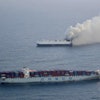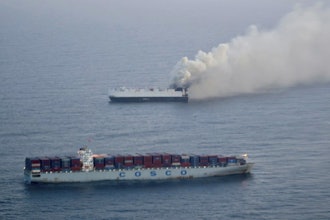Cliff Waldman, senior economist for the Manufacturers Alliance for Productivity and Innovation (MAPI), has weighed in on the recent ISM report on improved manufacturing growth:
“Reflecting the stable but somewhat muted growth performance of U.S. manufacturing, the Institute for Supply Management (ISM) reported a modest 1.2 percentage point increase in its widely followed Purchasing Managers’ Index, from 53.7% in March to 54.9% in April. While the slow and steady climb since the dramatic January fall is encouraging, it remains measurably below the levels seen in August through December of 2013. Inventory and weather-related volatility clearly played a part in the January swoon but the late 2013 data clearly overstated the underlying growth performance of a factory sector that, remarkably, has yet to regain all of the output lost in the Great Recession.
“In April, the index components testified more to stability than to strength and momentum. The new orders component was unchanged at a healthy 55.1%, while the production component saw a very modest 0.2 percentage point fall to a still moderately strong 55.7%,” he added. “The fact that customers’ inventories remained too low and the backlog of orders component remained well in growth territory suggests that moderate output gains are likely in U.S. manufacturing through the balance of 2014 and into 2015.
“The comments from ISM survey participants reflect the complexity of a mixed and uncertain global economy that, on the whole, is preventing a stronger manufacturing recovery,” Waldman noted. “One respondent noted stable growth in the U.S., dramatic sales increases in Asia, and softness in Europe. Another raised concerns that Russia may stop importing medical devices that are manufactured completely outside of its borders, with detrimental impacts for U.S. business. With such a diverse world picture, it is small wonder that equipment spending remains historically weak and volatile to the disadvantage of a U.S. manufacturing sector whose growth performance just cannot accelerate beyond moderate and muted.”














![7 001[1]](https://img.manufacturing.net/mindful/im/workspaces/default/uploads/2025/06/7-0011.S7Uqlbb3HV.jpg?auto=format%2Ccompress&crop=focalpoint&fit=crop&fp-x=0.53&fp-y=0.44&h=220&q=70&w=330)






